Food Wastage in Singapore
Food waste is created in Singapore every single day from our food cycle – production, distribution, retail to consumption, and the wastage is unfortunately due to several reasons, such as food spoilage due to improper storage or handling, edible food thrown away because it does not look nice or has ‘expired’, food discards or leftovers during cooking and when we can’t finish our food, etc.
Food waste is generated from our farms, food manufacturers, food distributors, food retailers, wet markets, supermarkets, hawker centres, restaurants, food courts, caterers, and our homes. In fact, Singapore threw away about 0.68 million tonnes of food waste in 2011 and only 10% was recycled. This means on average, each person in Singapore generated about 130kg of food waste a year.
The recycling rate for food waste has dropped from 16% in 2010 to 10% in 2011. Without any campaigns by the National Environment Agency (NEA) to reduce or recycle food waste, the food waste recycling rate would remain low over the next few years, and NEA is likely to miss its target of 30% recycling rate for food waste by 2012, set in the Singapore Green Plan 2012.
Singapore’s food waste output of 0.68 million tonnes is the only official figure published by NEA, and unfortunately it does not explain what the food waste comprises and where it comes from. In addition, supermarkets, food manufacturers, and food outlets are not forthcoming in divulging how much food waste they generate.
Despite the difficulty of getting food waste data in Singapore, three journalism students from the Nanyang Technological University managed to shine light on the problem of food wastage in Singapore through their final-year project from 2009-2010 titled Food Waste Republic. Here’s some of their findings:
Food Waste from Cosmetic Filtering
Cosmetic filtering occurs in farms, wholesale and wet markets, supermarkets to homes, where food that looks “ugly”, damaged or less than perfect according to market or personal standards are discarded even if it’s edible.
The students visited the Pasir Panjang wholesale market and found that:
Every day, 250 vegetable sellers at the market spend dusk to dawn trimming, preening and discarding “ugly” vegetables to prepare them for sale to hawkers and wet market sellers.
The criteria: vegetables must be free of pest marks, be in the right shade of colour and not look too ripe.
“Of course I’ve to make my vegetables look nice. If not, who will buy them?” says stall owner Albert Li, 60.
He estimates about one-third of all vegetables at the wholesale market get thrown away for not meeting the mark.
Based on our observations at food waste recycling company IUT Global, the market discards up to 30,000 kilos of unwanted vegetable parts and blemished fruits every day.
– The Era Of Supermarkets, Food Waste Republic
Cosmetic filtering is also prevalent in supermarkets where only good quality items are displayed and sold:
Once fresh produce show the slightest defects or are deemed unsellable by supermarket staff, they will be thrown away. Most often, vegetables and fruits form the bulk of the unsellable fresh produce due to their perishable nature.
This constitutes 10 to 15 per cent of the total fresh produce stock at Sheng Siong, says its managing director Lim Hock Chee, 50.
At Carrefour, divisional manager of consumer goods Danny Ang, 45, estimates the hypermarket loses about $12,000 worth of fresh produce and dry groceries (canned, bottled and pre-packed) every month. …
Food suppliers are expected to clear their goods at least one week before their stated expiry dates, according to Mr Ang. These goods are usually brought back to their warehouse to be resold to food establishments or manufacturers. The leftovers are dumped.
– The Era Of Supermarkets, Food Waste Republic
Food Waste from Business Practices
Food wastage occurs in food stalls and restaurants when staff and chefs are not properly trained or managed resulting in badly cooked food, or when chefs don’t see the need to cook less and save money for the boss. In addition, improper inventory management where chefs order more instead of less to play safe, also results in food wastage.
The students also highlighted the problem of the full-shelf display for most bakeries and cafes:
“It is a universal technique for retailers to display large quantities of goods in their stores to generate interest and excitement and to increase the likelihood of purchasing,” says retail expert Lynda Wee, 46. …
But when the cakes and bread are unsold, it is common for the food to be thrown away at the end of the day.
Food From The Heart, a voluntary welfare organisation that channels unwanted bread from hotels and bakeries to needy families and individuals, collects approximately $150,000 worth of unsold bread and buns monthly. The volume of bread collected fills up around 900 supermarket trolleys.
– The Missing Profits, Food Waste Republic
Food Waste from Cultural Practices
Asians tend to provide an abundance of food to guests, and at social or festive events such as wedding banquets and annual dinner and dance events, it is common to see guests unable to finish the eight or nine-course dinner, and thus wasting food.
It is also common to see food waste at buffets, where the all-you-can-eat concept see customers take more food than they can finish. The students found that at least 10 to 20% of prepared food goes to waste.
When guests or customers at restaurants can’t finish their food and there are leftovers, some people find it embarrassing to doggie-bag the food as the practice is seen to go against social norms.
Food Waste from Homes
The students conducted a study on household waste in Singapore by collecting a day’s worth of food waste from 150 families staying in HDB flats, condominiums and landed property. The results show that fruit peels, vegetable parts, eggshells, bones and leftovers like rice and gravy formed the bulk of the waste, and the average household food waste per person was 126g.
In another survey of 174 Singapore residents, the students found that six in ten would buy more than what they need when shopping at supermarkets. This could lead to overstocking of food at home and the food could end up not being consumed and expire. The survey also show that 70% would throw away food that has been slightly expired by one to three days, even though it is still edible.
Images credit: Leftovers by Koh Sze Kiat; Food Waste Republic – Green galore; Survival of the greenest; Caught in the act; A beggar’s delight; Check out the trash
Source credit: Food Waste Republic

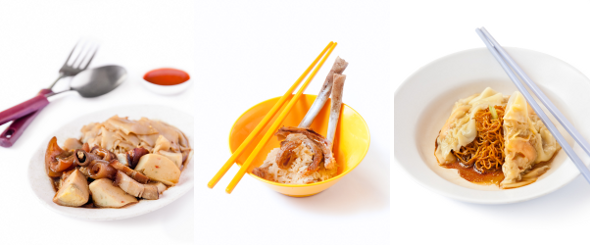
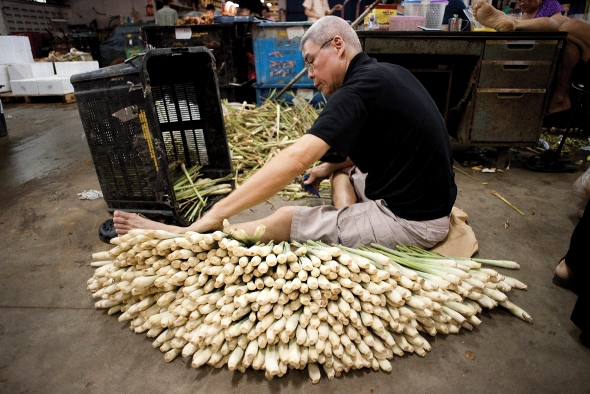
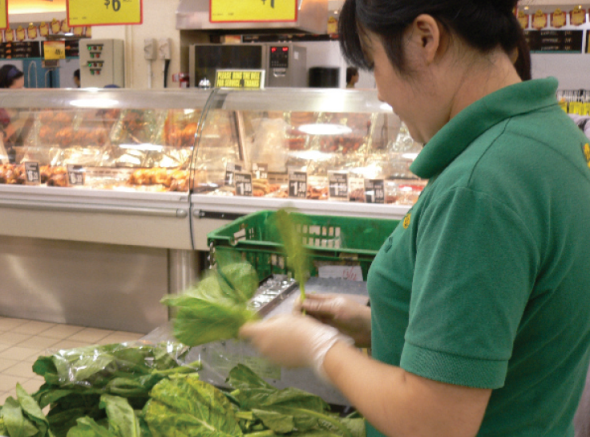
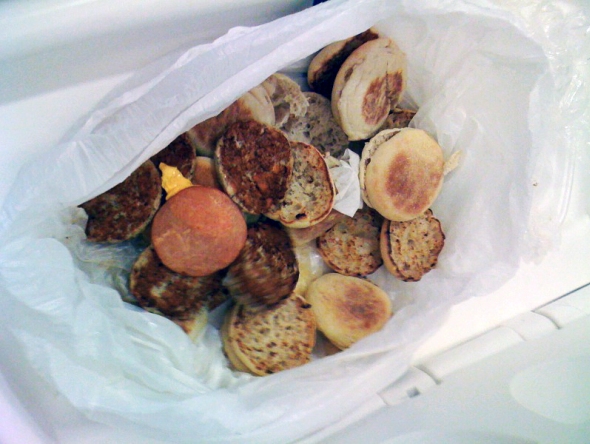
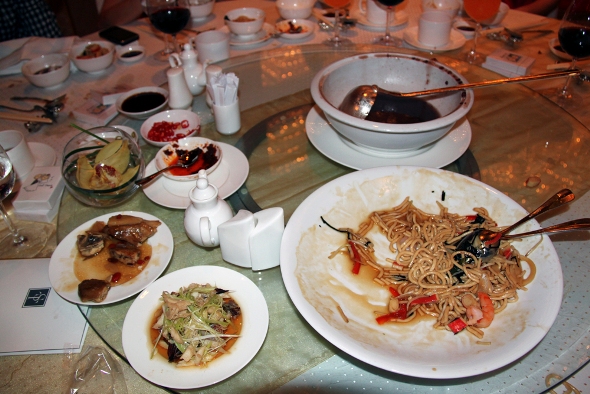
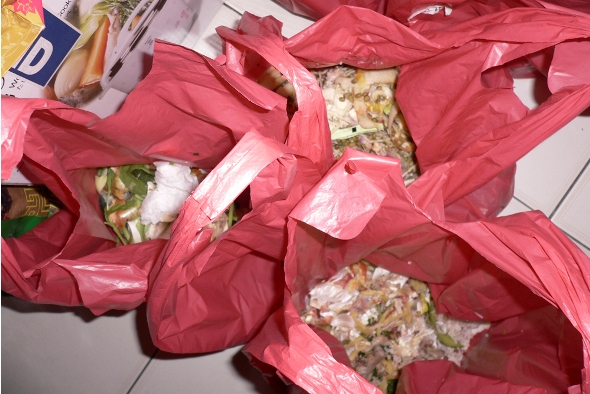




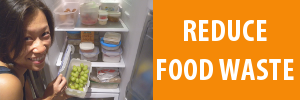



I think that it is our duty to recycle and not to allow so much food go to waste. There are still countries where people have nothing to eat and it is a real shame that we throw away so much food. Something should be done, some kind of a system, especially for the restaurants where the food waste is a huge amount.
what happens to the food waste? will it be burned or smth?
Bring all your food waste to one of the bins of Foodbank.sg, for e.g. at CitySquare Mall (next to the Farrer Park MRT), 2nd floor. There are bins to donate your food items. Thanks!
I think you Singaporean have to start opening your mindset. Why feel shy about doggie-bagging food. You should feel ashamed for wasting FOOD. There are thousands people in world who are starving to death and you guys are just like, “Oh, there’s too much food. Let’s just throw it.” Seriously? Consider well about this.
Well, we do try, it is just the inconsiderate few among us. Already out country is moving forward in terms of food wastage, from holding talks at schools to government-wide announcements.
Wish to know more method to reduce odor from the food waste
Thank you.
96270128
Can we use the principles of lean manufacturing to purchase our foods?
Basically, do not stock up. when required, go out and buy or order online for consumption within the week perhaps? or whatever, depending on family size and lifestyle, the key is – do not stock up. resist the temptation like ‘what if guests come over etc.’.
this is just one method, notably called the kanban method in lean manufacturing concepts. There are other tools in this concept to employ like Kaizen, basically having a serious chat with all members of the family and agree to consciously not to over order / buy food and plan.
its a pain, but if u really care about food waste, then change your own habits and thinking.
It is truly unbelievable how much food we are throwing away. Even i mysels, as a conscious young man am throwing food at least two times a week, which is terrible. We should only buy that we would consume and not throw away. Thinking of all the people in the world starving, it is just not fair.
wow! this thought is mindblowing. Food is very necessary for us. we should not waste food.
It is shocking to see how much food people are wasting, unbelievable. We should really reconsider our choices when we buy products that we will not consume. Thinking of how many people are starving to death every day, when we are in a surplus of food.